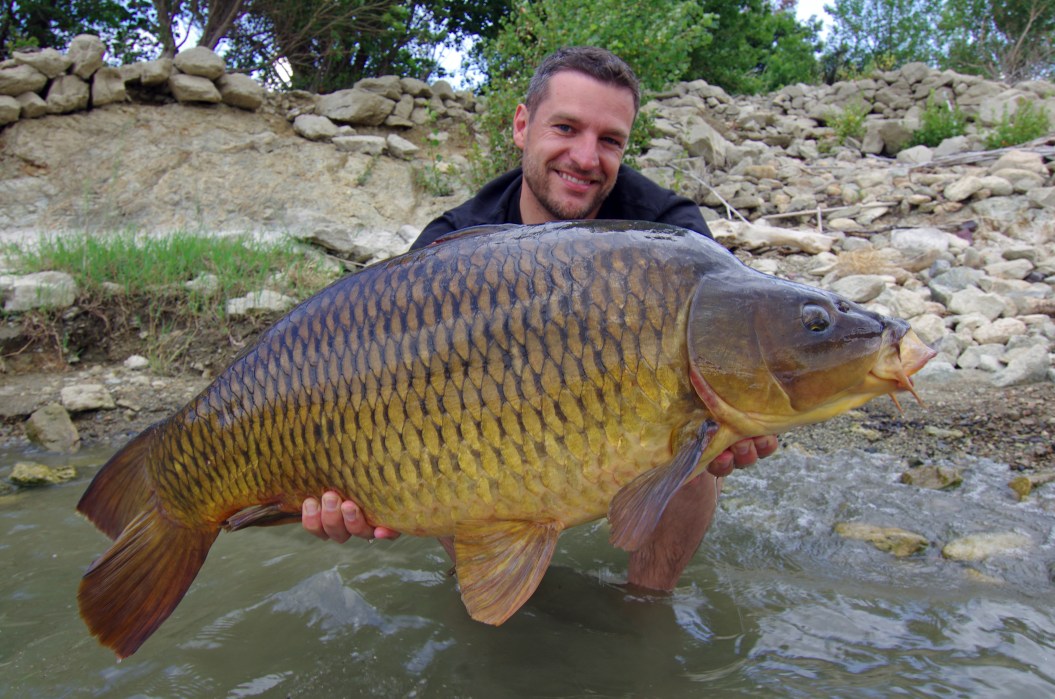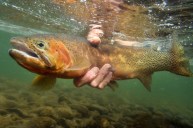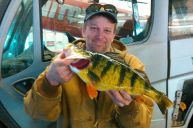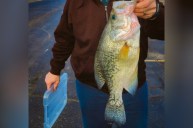Even though it's a dream for all anglers to catch a record fish, most of us haven't actually thought about what we'd do once it's in our fishing nets in order to get our name into the record books.
We've all heard stories about anglers whose catch may have broken a record if they only knew the rules and regulations or could have found a certified scale to weigh it on. Even worse: Some have released fish that probably would have been a record, while others have made terrible mistakes either before or after the application process has started.
Whether you've hooked a sailfish or a smallmouth, you don't want to be the next person on the water to be denied a record title because the catch couldn't properly be documented in time. The International Game Fish Association's (IGFA) rules for waht to do if you catch a record fish may be a short, but it's important to know them ahead of time so you're ready if when your dreams come true.
What To Do If You Catch a Record Fish
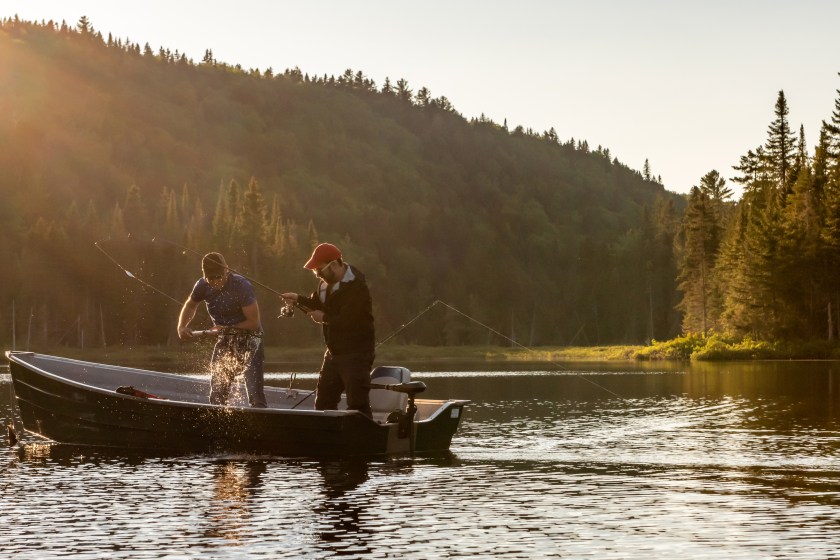
Getty Images, A&J Fotos
1. Take Photos
The most important thing to do first if you haul in a hefty fish is exactly, in all likelihood, what you'd do anyway: Take some great, quality photos. And lots of them: When it comes to a possible record fish, every angle and a good light source counts.
In addition to your grip-and-grins to mark the moment, try to get a picture of your fish alongside a ruler or some other measuring device—any item that can give it some kind of size comparison.
2. Put the Fish on Ice
Be aware that some records can come under the auspices of state regulations, which means that you may have to keep the fish frozen well after the application for the record books.
States have their own regulations for an angler attempting to classify a record fish, and among many of them, species verification has to be done by a fisheries biologist to make sure its DNA can authenticate it. Most states' wildlife resource agencies list these requirements right on their websites.
Not only that, but if you enter a line-class fish with the IGFA, the organization will also ask for a sample of it for testing to verify it as legitimate. Add to that a possible lie detector test, and you can start to see why it can get difficult without irrefutable proof.
3. Gather Witnesses
You'll want to include as many witnesses to the submission as possible. A fishing buddy is one thing, but someone nearby who can be an objective observer is even better.
If possible, if a conservation officer or, in a rare case, a wildlife biologist happens to be present, this can only serve to legitimize your catch even more.
4. Write Down All the Tackle You Used
For most states and especially the IGFA, there's zero room for error once you've decided to apply for a record. Most regulations that you will encounter deal with things like leaders, hooks (placement in the bait or lure), rod lengths, and any electronic components that appear on reels.
5. Find a Certified Scale
Not every state has a certified weigh station within its borders. And the states that do may only have one or two, making it difficult for you to use, depending on its location. The good thing is that the IGFA (and many states) lists certified fishing scales on its website.
Take a look at the list now and find the closest weigh station close to your usual fishing holes. In truth, knowing this information ahead of time can make the difference between searching while your time is running out to certify a fish and getting it weighed properly.
Other good places to find a certified scale can be a butcher shop like your favorite deer processor, or grocery stores, bait shops, and marinas.
What You Can Do In Preparation Beforehand
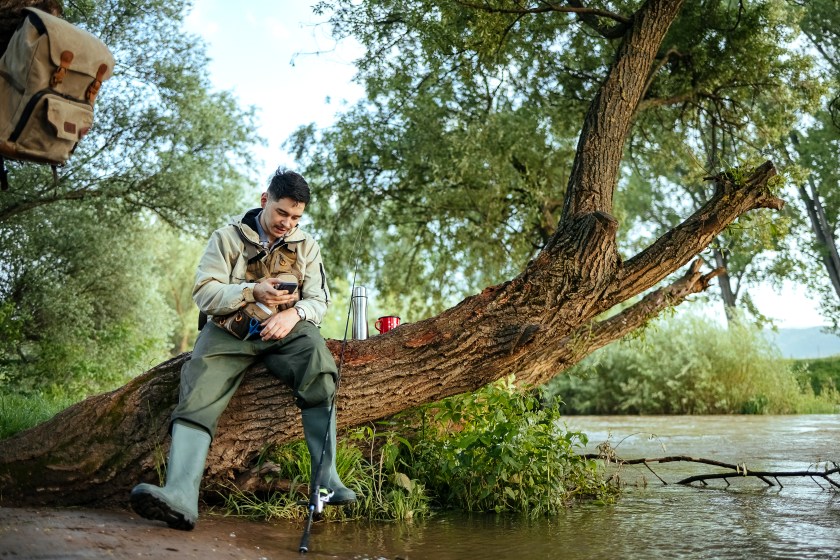
Getty Images, eclipse_images
1. Know the Rules
Your friends may roll their eyes at your hopefulness, but taking a few small steps now can help you be ready in case your dreams come true.
First, there are a handful of small rules and regulations that could disqualify you from earning the record for your big fish, so it's smart to know them before you head out.
For instance, if you pass your rod to another angler for any reason, all bets are off for a record as it must be caught from the first hookup to the landing net by the original angler.
Another factor is time: If the angler in question waits too long for the fish to be weighed on a certified scale, the fish can dry out or lose weight by regurgitating bait. If the angler simply waits too long to apply for the certification, even if it was weighed on a proper scale, it can be disqualified.
2. Get Your Own Scale Certified, Just In Case
As crazy as it sounds, any angler can get a scale certified by the IGFA for about $40. Believe it or not, the IGFA will also have a scale certified after you've had a fish weighed on it, but this is risky as the scale could be found to be off, and your fish disqualified.
3. Buy an IGFS Ruler
The IGFA has a catch-and-release category that's based on length, but the organization will only consider these applications if the angler uses the IGFS's own official measuring device, which still sells for $55 on its webpage.
Measurements of the fish have to be made in a very specific and meticulous way, with photographs included. Be sure to carefully read the rules and the disclaimers ahead of time to make sure that no mistakes were made.
READ MORE: How to Remember—and Hide—Your Best Fishing Spots
